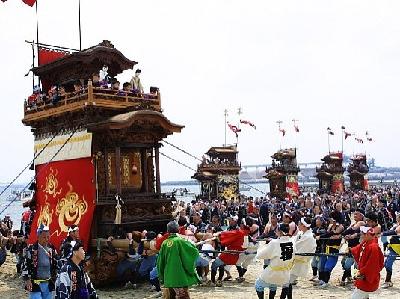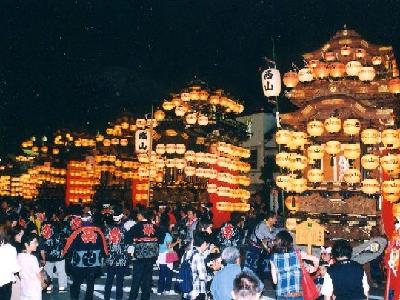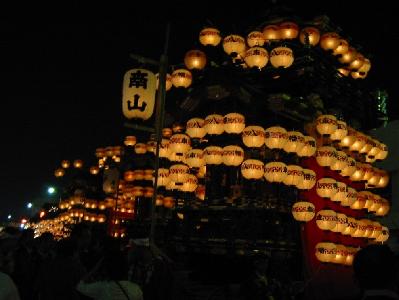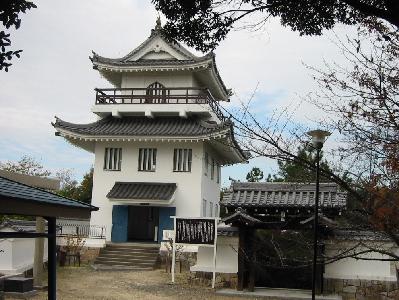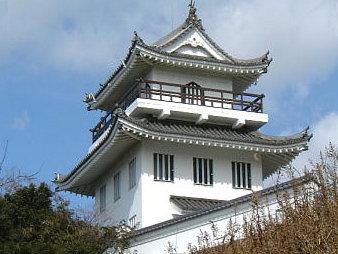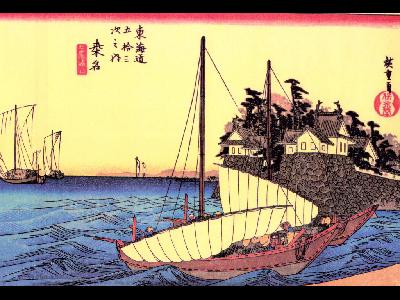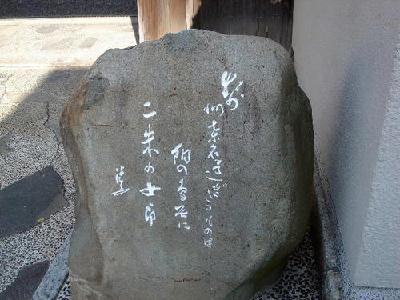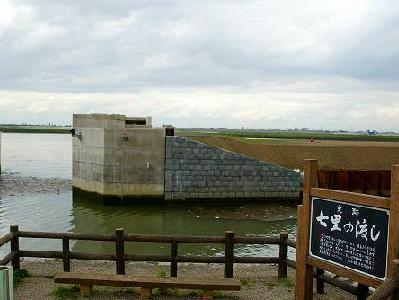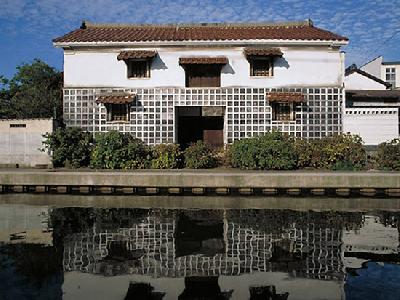|
Handa City located in the center of Chita Peninsula in the south of Aichi Prefecture had been a flourishing port town since the Edo period (1603-1868). Storehouses along the canal are still in use today and make a fine townscape.
Handa Spring Dashi (Float) Festivals, which proud 200-year history, are held in 10 districts of Handa City from early in March to late in May every year, and Handa Dashi Festival is held in October once every 5 years, gathering 31 valiant floats in the city at one place.
The 1st Handa Dashi Festival was held in May in 1979, and then the 2nd was held in 1987 as the 50th anniversary event of the city. Since then the festival has been held in October once every 5 years to this day.
Decorated with gorgeous tapestries and elaborate carvings, the floats valiantly march throughout the city, heading for the festival site. The scene of the all 31 floats gathering at one place is overwhelmingly impressive.
Many other fascinating events such as the folk performing art show, the citizens’ parade and the local product fair are held all through the city. During the two-day festival period, the whole town is filled with enthusiastic festival mood under the autumn sky.
Handa Spring Dashi (Float) Festivals, which proud 200-year history, are held in 10 districts of Handa City from early in March to late in May every year, and Handa Dashi Festival is held in October once every 5 years, gathering 31 valiant floats in the city at one place.
The 1st Handa Dashi Festival was held in May in 1979, and then the 2nd was held in 1987 as the 50th anniversary event of the city. Since then the festival has been held in October once every 5 years to this day.
Decorated with gorgeous tapestries and elaborate carvings, the floats valiantly march throughout the city, heading for the festival site. The scene of the all 31 floats gathering at one place is overwhelmingly impressive.
Many other fascinating events such as the folk performing art show, the citizens’ parade and the local product fair are held all through the city. During the two-day festival period, the whole town is filled with enthusiastic festival mood under the autumn sky.
| [+ADDRESS] | 
|

